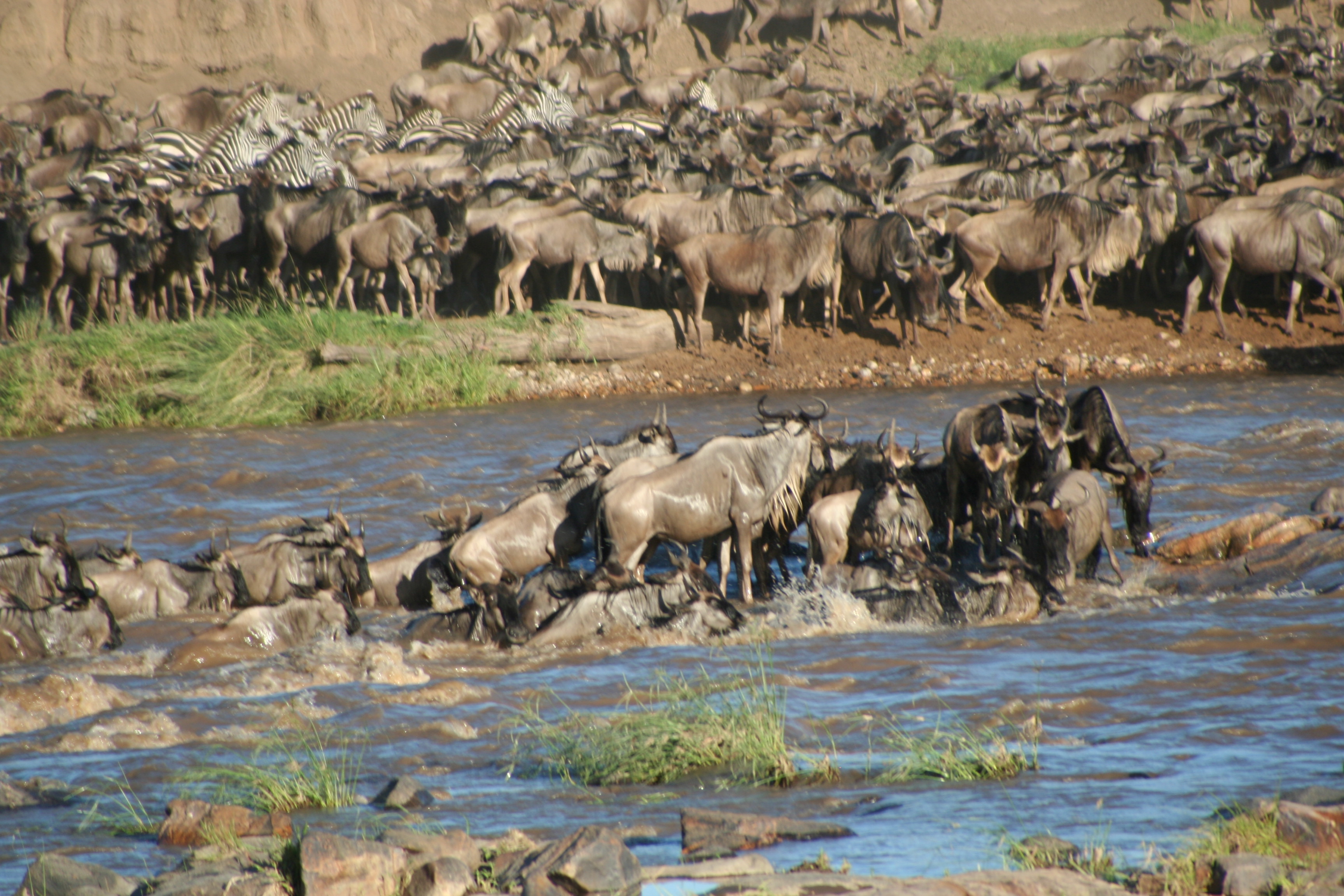|
Southern New England Algonquian Cuisine
Southern New England Algonquian cuisine comprises the shared foods and preparation methods of the indigenous Algonquian peoples of the southern half of New England, which consists of Massachusetts, Connecticut, Rhode Island, but also included portions of coastal New Hampshire and Long Island, now part of New York, as a cultural and culinary region. The peoples of the region historically shared related languages in the Southern New England Algonquian (SNEA) division of the Eastern branch of Algonquian languages as well as related cultures and spiritual practices. Regional variations were slight, mostly based on small differences in times of abundance or availability of certain ingredients due to location and the variations in microclimate. The New England climate, with its marked seasons and long winters meant that seasonality of ingredients and preservation of foods to survive the coldest times of year when little food was available were important aspects of the cuisine. The die ... [...More Info...] [...Related Items...] OR: [Wikipedia] [Google] [Baidu] |
New England
New England is a region comprising six states in the Northeastern United States: Connecticut, Maine, Massachusetts, New Hampshire, Rhode Island, and Vermont. It is bordered by the state of New York to the west and by the Canadian provinces of New Brunswick to the northeast and Quebec to the north. The Atlantic Ocean is to the east and southeast, and Long Island Sound is to the southwest. Boston is New England's largest city, as well as the capital of Massachusetts. Greater Boston is the largest metropolitan area, with nearly a third of New England's population; this area includes Worcester, Massachusetts (the second-largest city in New England), Manchester, New Hampshire (the largest city in New Hampshire), and Providence, Rhode Island (the capital of and largest city in Rhode Island). In 1620, the Pilgrims, Puritan Separatists from England, established Plymouth Colony, the second successful English settlement in America, following the Jamestown Settlement in Virginia foun ... [...More Info...] [...Related Items...] OR: [Wikipedia] [Google] [Baidu] |
Spear-thrower
A spear-thrower, spear-throwing lever or ''atlatl'' (pronounced or ; Nahuatl ''ahtlatl'' ) is a tool that uses leverage to achieve greater velocity in dart or javelin-throwing, and includes a bearing surface which allows the user to store energy during the throw. It may consist of a shaft with a cup or a spur at the end that supports and propels the butt of the spear. It's usually about as long as the user's arm or forearm. The user holds the spear-thrower in one hand, gripping near the end farthest from the cup. The user puts the butt end of the spear, or dart, in the cup, or grabs the spur with the end of the spear. The spear is much longer than the thrower. The user holds the spear parallel to the spear-thrower and going in the other direction. The user can hold the spear, with the index and thumb, with the same hand as the thrower, with the other fingers. The user reaches back with the spear pointed at the target. Then they make an overhand throwing motion with the thrower ... [...More Info...] [...Related Items...] OR: [Wikipedia] [Google] [Baidu] |
Migration (ecology)
Migration, in ecology, is the large-scale movement of members of a species to a different environment. Migration is a natural behavior and component of the life cycle of many species of mobile organisms, not limited to animals, though animal migration is the best known type. Migration is often cyclical, frequently occurring on a seasonal basis, and in some cases on a daily basis. Species migrate to take advantage of more favorable conditions with respect to food availability, safety from predation, mating opportunity, or other environmental factors. While members of some species learn a migratory route on their first journey with older members of their group, other species genetically pass on information regarding their migratory paths. Despite many differences in organisms’ migratory cues and behaviors, “considerable similarities appear to exist in the cues involved in the different phases of migration.” Migratory organisms use environmental cues like photoperiod and weat ... [...More Info...] [...Related Items...] OR: [Wikipedia] [Google] [Baidu] |
Isostatic Rebound
Post-glacial rebound (also called isostatic rebound or crustal rebound) is the rise of land masses after the removal of the huge weight of ice sheets during the last glacial period, which had caused isostatic depression. Post-glacial rebound and isostatic depression are phases of glacial isostasy (glacial isostatic adjustment, glacioisostasy), the deformation of the Earth's crust in response to changes in ice mass distribution. The direct raising effects of post-glacial rebound are readily apparent in parts of Northern Eurasia, Northern America, Patagonia, and Antarctica. However, through the processes of ''ocean siphoning'' and ''continental levering'', the effects of post-glacial rebound on sea level are felt globally far from the locations of current and former ice sheets.Milne, G.A., and J.X. Mitrovica (2008) ''Searching for eustasy in deglacial sea-level histories.'' Quaternary Science Reviews. 27:2292–2302. Overview During the last glacial period, much of northern Eu ... [...More Info...] [...Related Items...] OR: [Wikipedia] [Google] [Baidu] |
Temperate Broadleaf And Mixed Forest
Temperate broadleaf and mixed forest is a temperate climate terrestrial habitat type defined by the World Wide Fund for Nature, with broadleaf tree ecoregions, and with conifer and broadleaf tree mixed coniferous forest ecoregions. These forests are richest and most distinctive in central China and eastern North America, with some other globally distinctive ecoregions in the Caucasus, the Himalayas, Southern Europe, Australasia, Southwestern South America and the Russian Far East. Ecology The typical structure of these forests includes four layers. * The uppermost layer is the canopy composed of tall mature trees ranging from high. Below the canopy is the three-layered, shade-tolerant understory that is roughly shorter than the canopy. * The top layer of the understory is the sub-canopy composed of smaller mature trees, saplings, and suppressed juvenile canopy layer trees awaiting an opening in the canopy. * Below the sub-canopy is the shrub layer, composed of low growi ... [...More Info...] [...Related Items...] OR: [Wikipedia] [Google] [Baidu] |
1676 Emblem Massachusetts NovaAnglia
Events January–March * January 29 – Feodor III becomes Tsar of Russia. * January 31 – Universidad de San Carlos de Guatemala, the oldest institution of higher education in Central America, is founded. * January – Six months into King Philip's War, Metacomet (King Philip), leader of the Algonquian tribe known as the Wampanoag, travels westward to the Mohawk nation, seeking an alliance with the Mohawks against the English colonists of New England; his efforts in creating such an alliance are a failure. * February 10 – After the Nipmuc tribe attacks Lancaster, Massachusetts, colonist Mary Rowlandson is taken captive, and lives with the Indians until May. * February 14 – Metacomet and his Wampanoags attack Northampton, Massachusetts; meanwhile, the Massachusetts Council debates whether a wall should be erected around Boston. * February 23 – While the Massachusetts Council debates how to handle the Christian Indians they had exiled ... [...More Info...] [...Related Items...] OR: [Wikipedia] [Google] [Baidu] |
Amaranthaceae
Amaranthaceae is a family of flowering plants commonly known as the amaranth family, in reference to its type genus ''Amaranthus''. It includes the former goosefoot family Chenopodiaceae and contains about 165 genera and 2,040 species, making it the most species-rich lineage within its parent order, Caryophyllales. Description Vegetative characters Most species in the Amaranthaceae are annual or perennial herbs or subshrubs; others are shrubs; very few species are vines or trees. Some species are succulent. Many species have stems with thickened nodes. The wood of the perennial stem has a typical "anomalous" secondary growth; only in subfamily Polycnemoideae is secondary growth normal. The leaves are simple and mostly alternate, sometimes opposite. They never possess stipules. They are flat or terete, and their shape is extremely variable, with entire or toothed margins. In some species, the leaves are reduced to minute scales. In most cases, neither basal nor terminal aggrega ... [...More Info...] [...Related Items...] OR: [Wikipedia] [Google] [Baidu] |
Reindeer
Reindeer (in North American English, known as caribou if wild and ''reindeer'' if domesticated) are deer in the genus ''Rangifer''. For the last few decades, reindeer were assigned to one species, ''Rangifer tarandus'', with about 10 subspecies. A 2022 revision of the genus elevated five of the subspecies to species (see Taxonomy below). They have a circumpolar distribution and are native to the Arctic, sub-Arctic, tundra, boreal forest, and mountainous regions of northern Europe, Siberia, and North America. Reindeer occur in both migratory and sedentary populations, and their herd sizes vary greatly in different regions. The tundra subspecies are adapted for extreme cold, and some are adapted for long-distance migration. Reindeer vary greatly in size and color from the smallest species, the Svalbard reindeer (''R. t. platyrhynchus''), to the largest subspecies, Osborn's caribou (''R. t. osborni''). Although reindeer are quite numerous, some species and subspecies are in d ... [...More Info...] [...Related Items...] OR: [Wikipedia] [Google] [Baidu] |
Wisconsin Glaciation
The Wisconsin Glacial Episode, also called the Wisconsin glaciation, was the most recent glacial period of the North American ice sheet complex. This advance included the Cordilleran Ice Sheet, which nucleated in the northern North American Cordillera; the Innuitian ice sheet, which extended across the Canadian Arctic Archipelago; the Greenland ice sheet; and the massive Laurentide Ice Sheet, which covered the high latitudes of central and eastern North America. This advance was synchronous with global glaciation during the last glacial period, including the North American alpine glacier advance, known as the Pinedale glaciation. The Wisconsin glaciation extended from approximately 75,000 to 11,000 years ago, between the Sangamonian Stage and the current interglacial, the Holocene. The maximum ice extent occurred approximately 25,000–21,000 years ago during the last glacial maximum, also known as the ''Late Wisconsin'' in North America. This glaciation radically altered the ... [...More Info...] [...Related Items...] OR: [Wikipedia] [Google] [Baidu] |
Tundra
In physical geography, tundra () is a type of biome where tree growth is hindered by frigid temperatures and short growing seasons. The term ''tundra'' comes through Russian (') from the Kildin Sámi word (') meaning "uplands", "treeless mountain tract". There are three regions and associated types of tundra: Arctic tundra, alpine tundra, and Antarctic tundra. Tundra vegetation is composed of dwarf shrubs, sedges, grasses, mosses, and lichens. Scattered trees grow in some tundra regions. The ecotone (or ecological boundary region) between the tundra and the forest is known as the tree line or timberline. The tundra soil is rich in nitrogen and phosphorus. The soil also contains large amounts of biomass and decomposed biomass that has been stored as methane and carbon dioxide in the permafrost, making the tundra soil a carbon sink. As global warming heats the ecosystem and causes soil thawing, the permafrost carbon cycle accelerates and releases much of these soil-contained g ... [...More Info...] [...Related Items...] OR: [Wikipedia] [Google] [Baidu] |
American Mastodon
American(s) may refer to: * American, something of, from, or related to the United States of America, commonly known as the "United States" or "America" ** Americans, citizens and nationals of the United States of America ** American ancestry, people who self-identify their ancestry as "American" ** American English, the set of varieties of the English language native to the United States ** Native Americans in the United States, indigenous peoples of the United States * American, something of, from, or related to the Americas, also known as "America" ** Indigenous peoples of the Americas * American (word), for analysis and history of the meanings in various contexts Organizations * American Airlines, U.S.-based airline headquartered in Fort Worth, Texas * American Athletic Conference, an American college athletic conference * American Recordings (record label), a record label previously known as Def American * American University, in Washington, D.C. Sports teams Soccer * ... [...More Info...] [...Related Items...] OR: [Wikipedia] [Google] [Baidu] |


.jpg)





